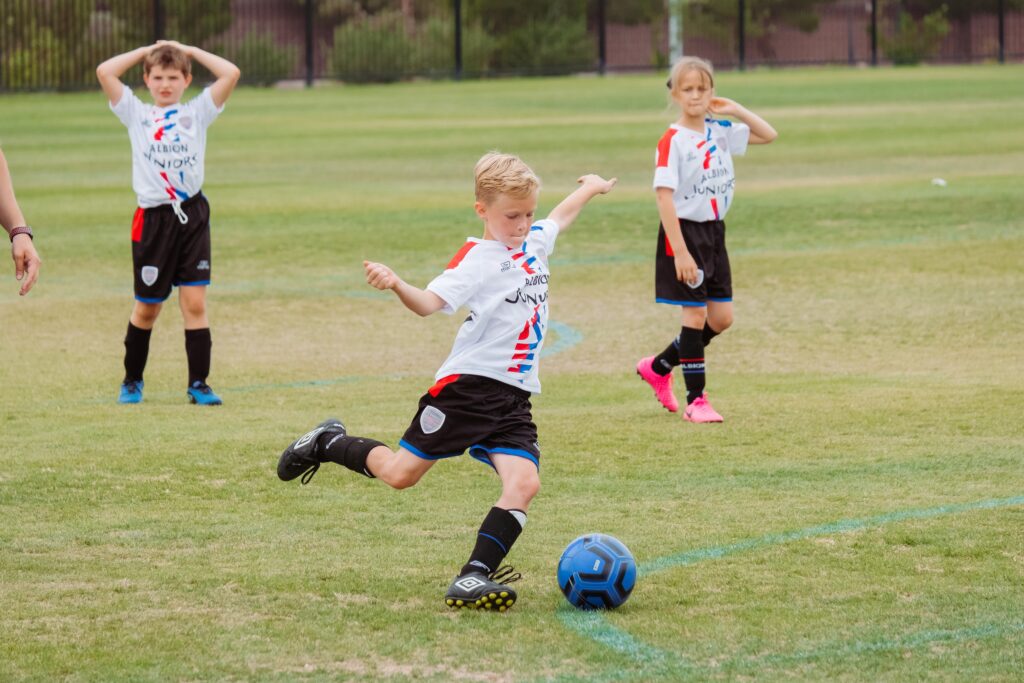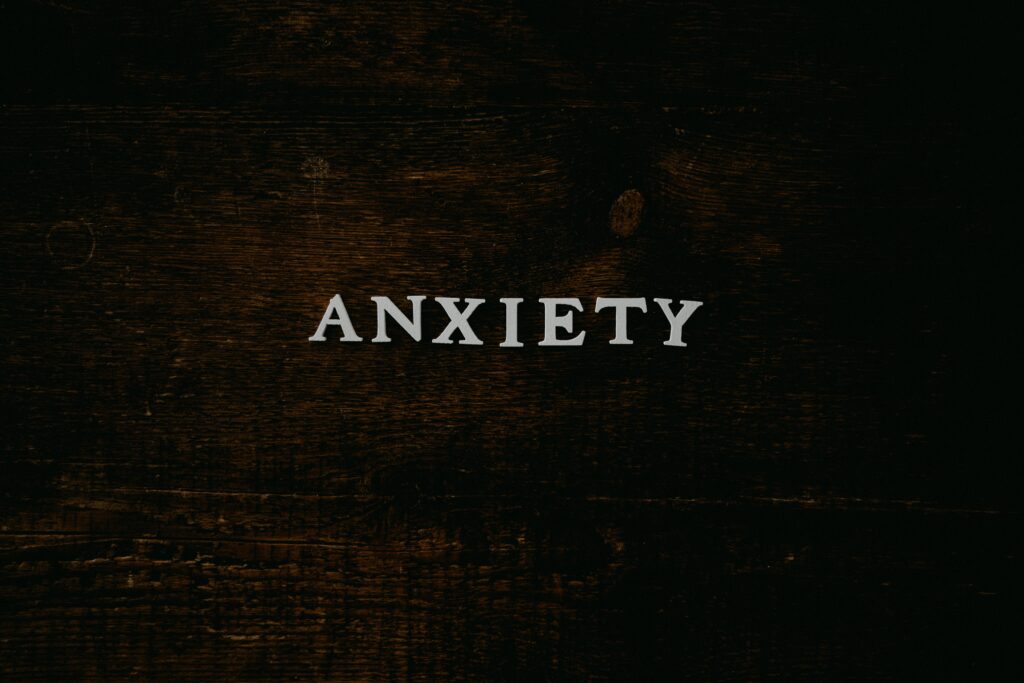
Physical activity is regularly mentioned in campaigns promoting healthy lifestyles and, in recent years, its beneficial effects for our mental health and wellbeing have been increasingly investigated.
There is consistent evidence supporting the therapeutic effects of physical activity for depression in both clinical and non-clinical populations across various age ranges. The Mental Elf has covered this in many blogs over the last few years, and also explored movement and youth mental health it in a recent video for the Wellcome Trust. However, the impact of physical exercise on anxiety is less well established.
Considering that anxiety disorders are the most common group of mental illnesses in both children and adults (Bandelow, & Michaelis, 2015) and that it is estimated that they have already emerged before age 14 in more than 38% of individuals (Solmi et al., 2022), the identification of effective intervention and prevention strategies to reduce anxiety from a very young age is pivotal.
A recent scoping review has highlighted that physical activity may be beneficial in reducing non-clinical anxiety symptoms in young people (Pascoe et al., 2020).
Importantly, physical activity is an accessible and non-stigmatising intervention that is well-accepted by young people (Jorm & Wright, 2007; Pascoe et al., 2020); hence, identifying its actual impact as a mental health promotion strategy and its effectiveness as an intervention for mental disorders may have large-scale positive implications.
This blog post seeks to examine the results of a recent systematic review and meta-analysis conducted by Carter and colleagues (2021) looking at the effects of physical activity-based interventions on state and prolonged state anxiety in children and young people from both clinical and non-clinical populations.

Anxiety disorders are highly prevalent among children and young people and physical activity may represent a well-accepted and easily accessible intervention strategy.
Methods
Carter and colleagues (2021) searched 13 electronic databases to identify randomised controlled trials (the gold standard of clinical trials) that tested the anxiolytic (anxiety-reducing) effects of physical activity in children and young people aged up to 25 years. Studies had to include at least an outcome measure of anxiety symptoms, assessed with validated instruments, and a physical activity-based intervention conducted either individually or in group, such as motivational, coaching, or behavioural-oriented interventions. The control conditions of the studies reviewed included: no intervention or waitlist; any non-physical activity-based intervention; attention controls; or treatment (i.e., physical activity) as usual.
Data from the studies that met the inclusion criteria were extracted independently by two authors, who also undertook the risk of bias assessment of the included trials using the Cochrane Collaboration tool.
The difference between the effect of physical activity interventions and no intervention or minimal intervention control conditions on state anxiety was meta-analysed via a random-effects model.
Results
The database search yielded a total of 3,590 articles. Following duplicates removal and full-text screening, 22 studies were included within the narrative synthesis, with nine also included in the meta-analysis.
Eighteen trials included non-clinical samples and four trials targeted clinical samples. In ten studies the physical activity intervention was compared with a single no intervention, minimal intervention or waitlist control, whilst in 12 studies the control group was undertaking an active intervention, such as psychotherapy, mindfulness or physical activity as usual.
The interventions were heterogeneous in relation to their components and type of physical activity, frequency, intensity and duration. Moreover, the overall risk of bias across the studies was rated to be moderate to high.
The meta-analyses revealed that, compared to no intervention or minimal intervention controls, physical activity-based interventions led to a statistically significant moderate improvement in state anxiety, with a standardised mean difference of -0.54 (95% CI -0.79 to -0.28). Subgroup analyses showed that this moderate improvement was present in both clinical (two studies included in the analysis) and non-clinical (six studies included) samples.
When physical activity was compared to time and attention-controlled groups, the authors found a statistically significant small effect on state anxiety (standardised mean difference of -0.29 [95% CI -0.52 to -0.06]), with subgroup analyses showing that the improvement was moderate in the four studies that included clinical populations, but not significant in the four studies that included non-clinical populations.

Compared to control conditions, physical activity-based interventions were found to produce moderate improvements in state anxiety.
Conclusions
The authors concluded that:
Physical activity may be a useful approach to addressing anxiety symptoms in children and young people, however, further trials of clinical populations are required to determine the effectiveness of physical activity as a treatment of anxiety disorders.

More work is needed before we can confidently ‘prescribe’ physical activity for anxiety disorders, in the same way as we can for depression in young people.
Strengths and limitations
The authors conducted a rigorous study that pertains to a topic of importance, following the Preferred Reporting Items for Systematic Reviews and Meta-Analyses (PRISMA) guidelines, searching a large number of databases, including grey literature databases, and using a well-designed search strategy. Moreover, studies were screened by two independent reviewers, who also assessed the methodological quality of the included randomised controlled trials, reducing bias.
The data from the trials included in the meta-analysis were analysed appropriately (for example, the Hedges’ g criterion was used to correct for the small number of comparisons), and the separate evaluation of outcomes in clinical and non-clinical populations via subgroup analyses provided important insights on the potential differential anxiolytic effects of physical activity.
However, the results should be considered in light of a number of limitations.
- Firstly, only a small number of studies was included in the meta-analyses, thus limiting the precision of the results (Borenstein, 2009). Moreover, the decision to only include studies available in English may have introduced bias by excluding potentially relevant research (Ellis, 2010).
- The authors referred to a broad definition of physical activity-based interventions and, consequently, there was heterogeneity in the studies included in the analyses in terms of duration and delivery mode (e.g., supervised vs unsupervised, individual vs group format), as well as in what constituted control conditions. It is likely that the variation in exercises leads to different effects on anxious symptoms. However, the limited number of included studies did not allow to test the potential moderation effects of intervention characteristics on state anxiety. Further, it was not possible to evaluate the effects of physical activity intensity on anxiety outcomes, given the limited studies that tested or reported this aspect.
- Similarly, the meta-analyses did not take into account the demographic details of the populations included. Indeed, it would be helpful to know whether specific interventions are more beneficial at a specific age, or whether there is an effect of sex or previous engagement with physical exercise, for instance.
- Finally, as highlighted in the review, the risk of bias in the included trials represents a concern and limits the confidence in the interpretation of the findings, especially considering that high risk of bias is associated with the overestimation of treatment efficacy (e.g., Schulz et al., 1995).

The authors conducted a thorough and well-designed review; however, the small number of trials included in the meta-analysis, as well as their heterogeneity and limited quality, suggest that the findings should be interpreted with caution.
Implications for practice
Considering the early onset and high prevalence of anxiety disorders worldwide, and young people’s positive attitudes towards physical activity, this review addresses a key research area and provides important information that can be beneficial for different stakeholders.
Indeed, recognising that physical activity-based interventions are potentially effective in reducing anxiety symptoms in children and young people, especially for those suffering from mental health conditions, has important implications for children and their families or carers, and may inform and guide clinicians in their practice, as well as policy-makers, mental health services and advisory bodies.
However, “the effectiveness of physical activity as a treatment for clinical anxiety-related disorders remains unknown” and further, higher-quality, randomised controlled trials among clinical populations of children and young people are needed to understand the role of physical activity in clinical treatment, including its long-term consequences and the mechanisms underpinning its potential beneficial effects.

Better-designed trials are required to determine the effectiveness of physical activity as a treatment for anxiety disorders, before this can be recommended as an intervention.
Statement of interests
Nothing to declare.
Links
Primary paper
Carter, T., Pascoe, M., Bastounis, A., Morres, I. D., Callaghan, P., & Parker, A. G. (2021). The effect of physical activity on anxiety in children and young people: A systematic review and meta-analysis (PDF). Journal of affective disorders, 285, 10-21.
Other references
Bandelow, B., & Michaelis, S. (2015). Epidemiology of anxiety disorders in the 21st century (PDF). Dialogues in clinical neuroscience.
Bentivegna F., Aerobic exercise for major depression: the role of reward processing and cognitive control. The Mental Elf, 28 September 2022. https://www.nationalelfservice.net/treatment/exercise/aerobic-exercise-major-depression/
Borenstein, M. 2009. Introduction to Meta-analysis. Chichester: Wiley.
Ellis, P. D. (2010). The essential guide to effect sizes: Statistical power, meta-analysis, and the interpretation of research results. Cambridge university press.
Jorm, A. F., & Wright, A. (2007). Beliefs of young people and their parents about the effectiveness of interventions for mental disorders (PDF). Australian & New Zealand Journal of Psychiatry, 41(8), 656-666.
Nedoma R., Exercise can help reduce depressive symptoms in people who are not clinically depressed. The Mental Elf, 16 July 2022. https://www.nationalelfservice.net/treatment/exercise/exercise-depressive-symptoms/
Pascoe, M., Bailey, A. P., Craike, M., Carter, T., Patten, R., Stepto, N., & Parker, A. (2020). Physical activity and exercise in youth mental health promotion: A scoping review. Physical activity and exercise in youth mental health promotion: A scoping review (PDF). BMJ open sport & exercise medicine, 6(1), e000677.
Schulz, K. F., Chalmers, I., Hayes, R. J., & Altman, D. G. (1995). Empirical evidence of bias: dimensions of methodological quality associated with estimates of treatment effects in controlled trials. Jama, 273(5), 408-412.
Solmi, M., Radua, J., Olivola, M., Croce, E., Soardo, L., Salazar de Pablo, G., … & Fusar-Poli, P. (2022). Age at onset of mental disorders worldwide: large-scale meta-analysis of 192 epidemiological studies (PDF). Molecular psychiatry, 27(1), 281-295.
Photo credits
- Photo by bruce mars on Unsplash
- Photo by Kenny Eliason on Unsplash
- Photo by Annie Spratt on Unsplash
- Photo by Sarah Brown on Unsplash
- Photo by Hiroshi Kimura on Unsplash
- Photo by Fab Lentz on Unsplash
